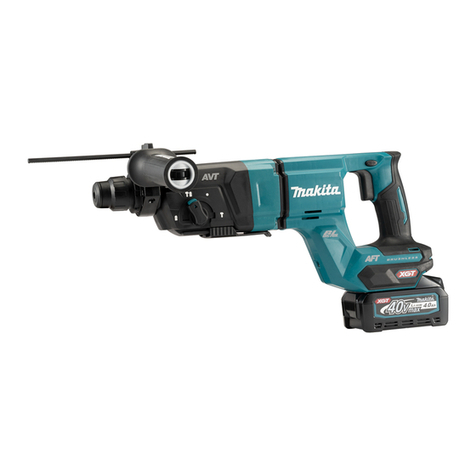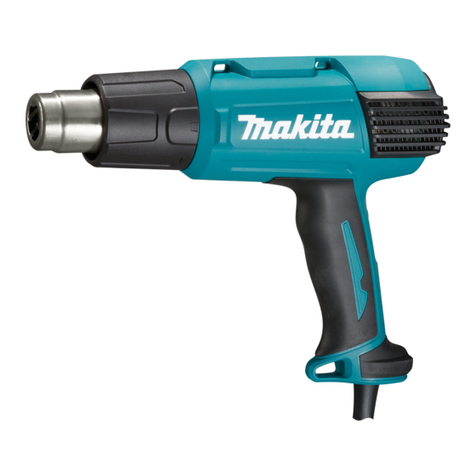Makita AN611 User manual
Other Makita Power Tools manuals
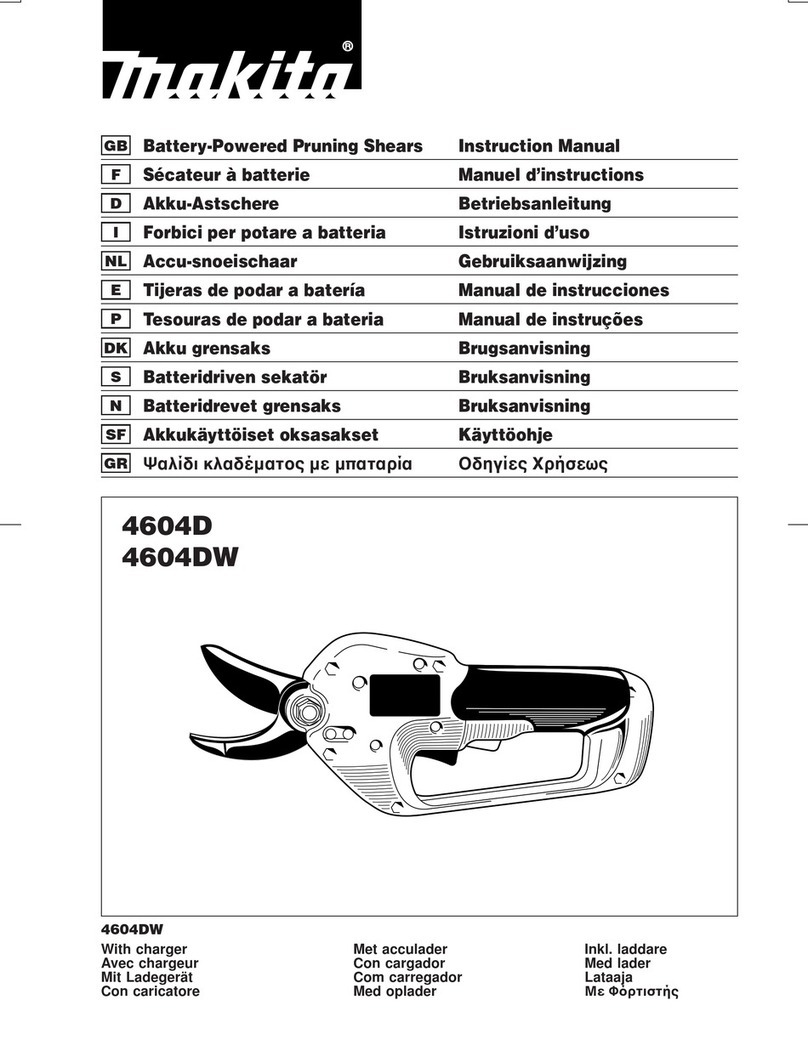
Makita
Makita 4604D User manual
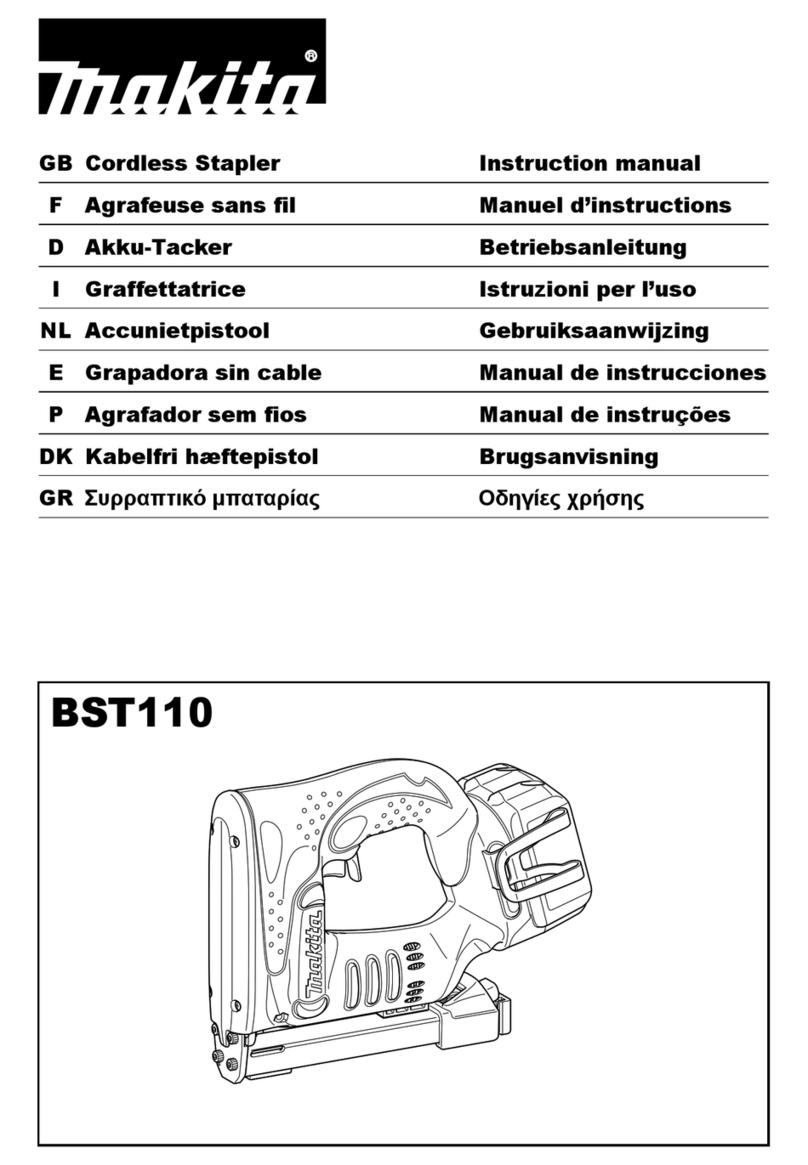
Makita
Makita bst110 User manual
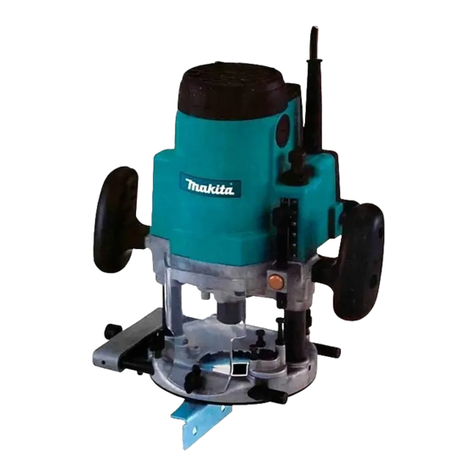
Makita
Makita MRP100 User manual

Makita
Makita BCG140 User manual
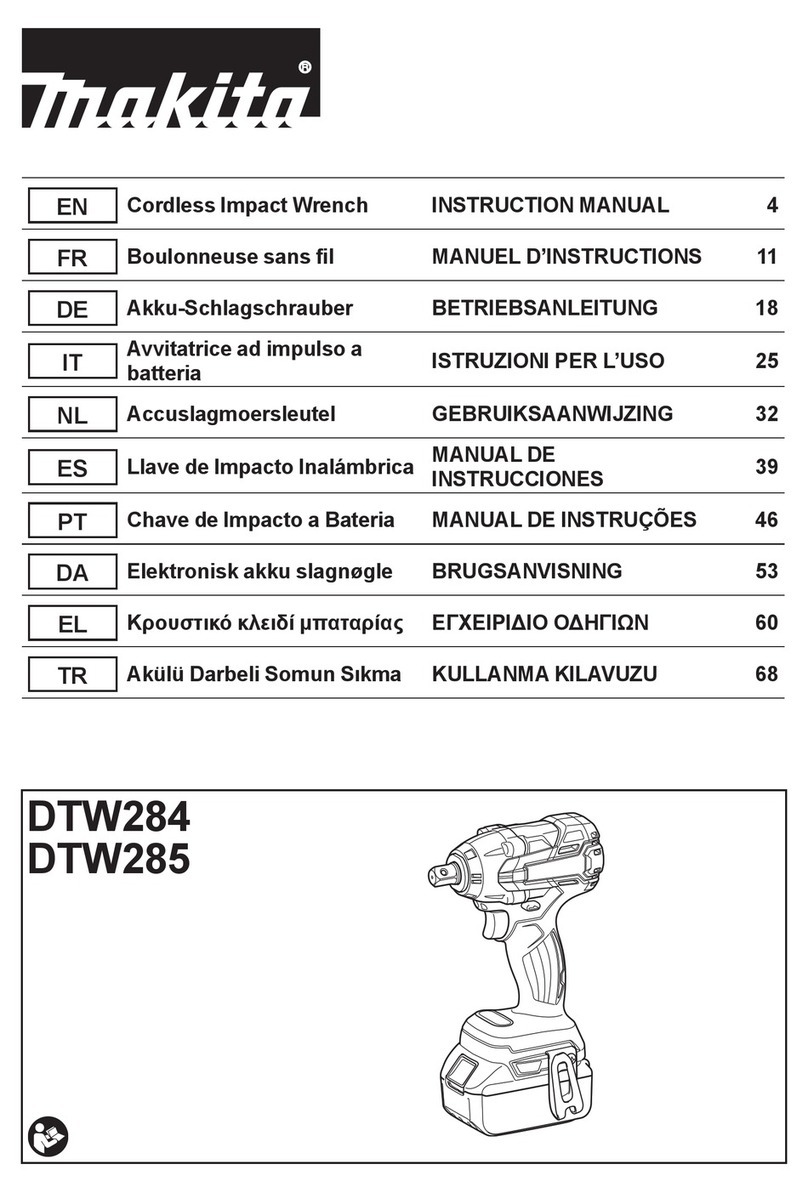
Makita
Makita DTW284 User manual

Makita
Makita DTW701ZJ User manual
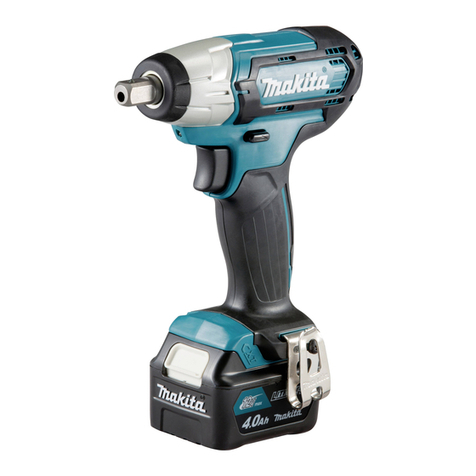
Makita
Makita TW141D User manual

Makita
Makita DWR180RA User manual
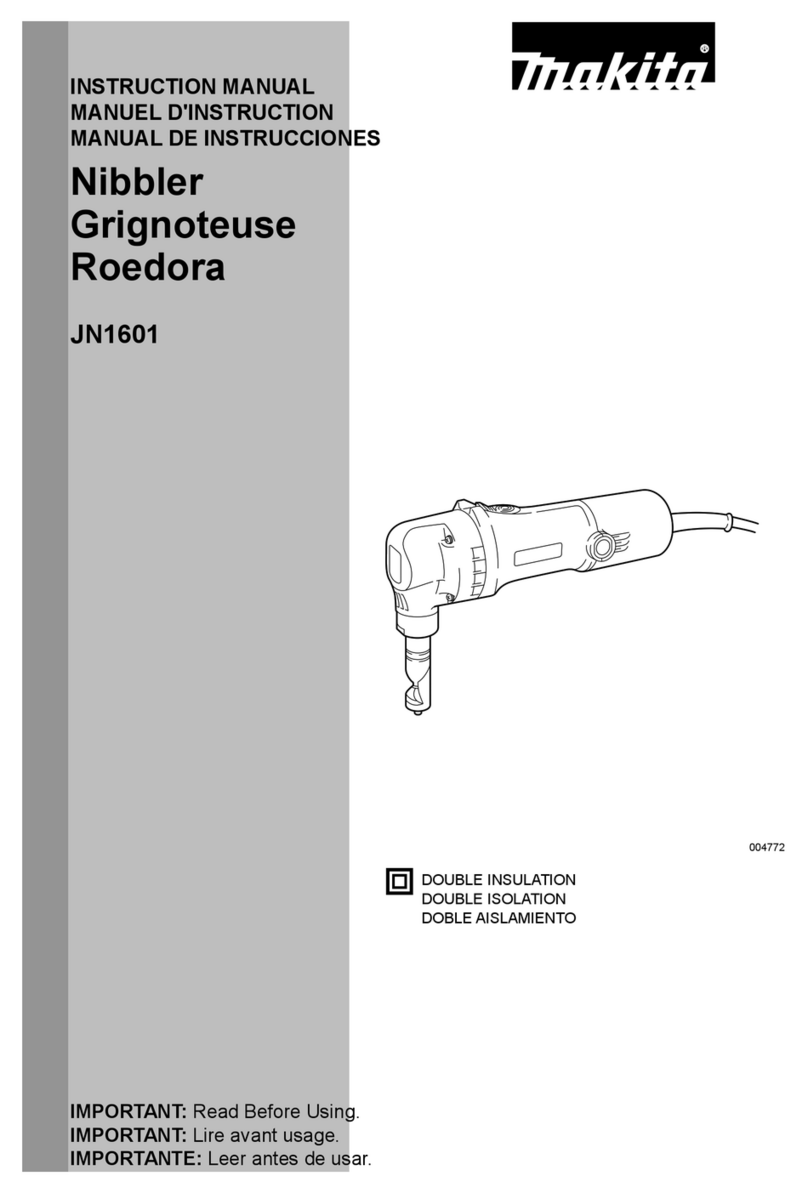
Makita
Makita JN1601 User manual

Makita
Makita DTW1001 User manual

Makita
Makita DTW450RTJ User manual
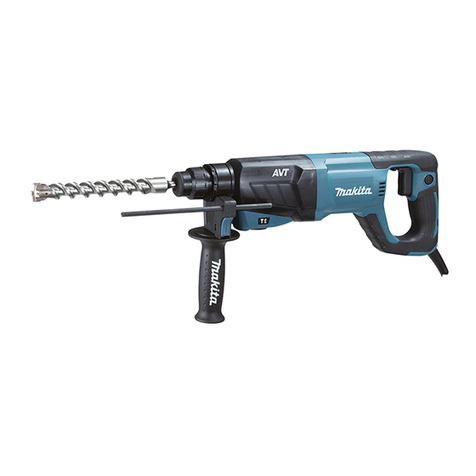
Makita
Makita HR2641 Manual
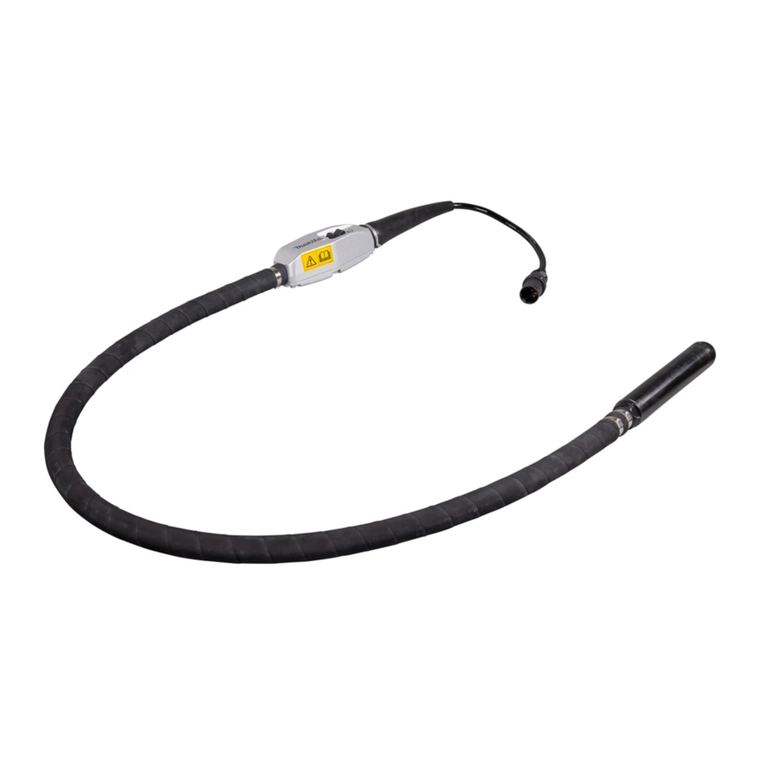
Makita
Makita VR001C User manual
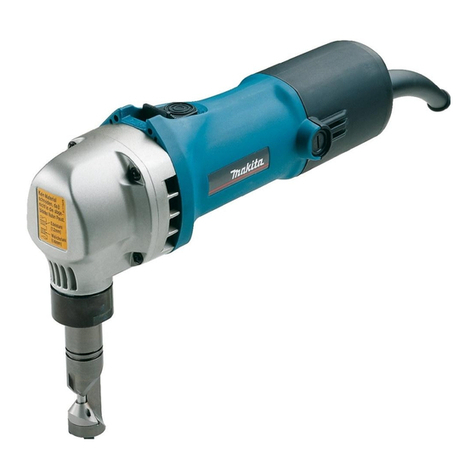
Makita
Makita JN1601 User manual
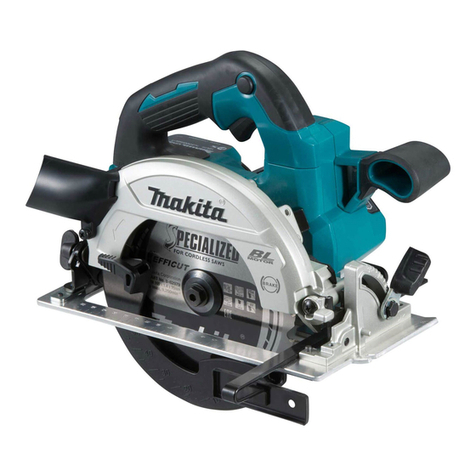
Makita
Makita DHS660 User manual
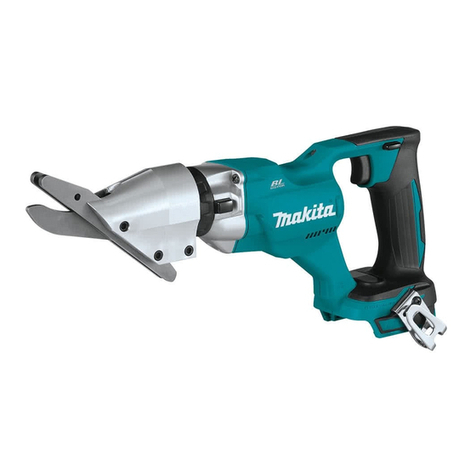
Makita
Makita DJS800 User manual
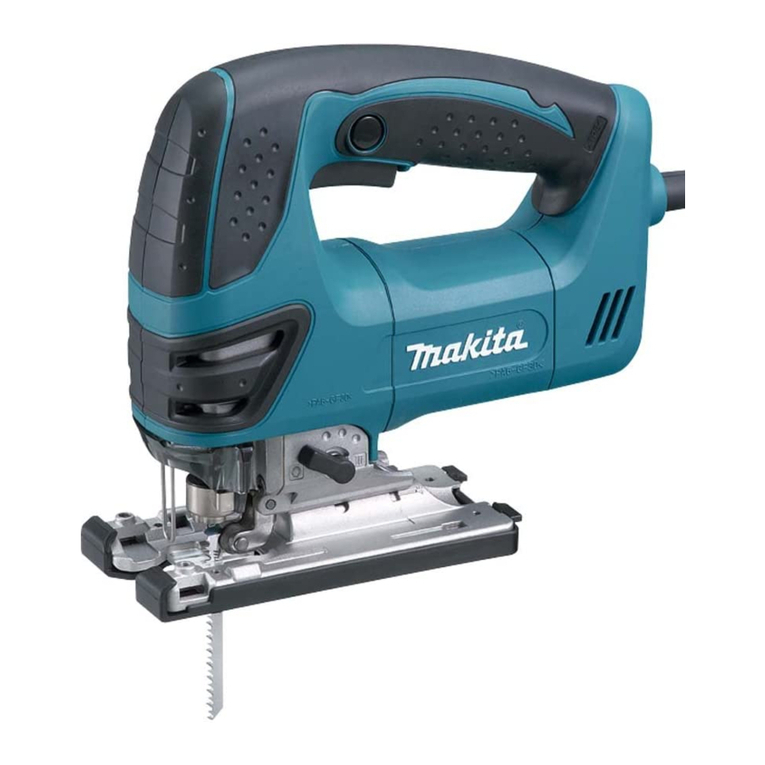
Makita
Makita 4350T User manual
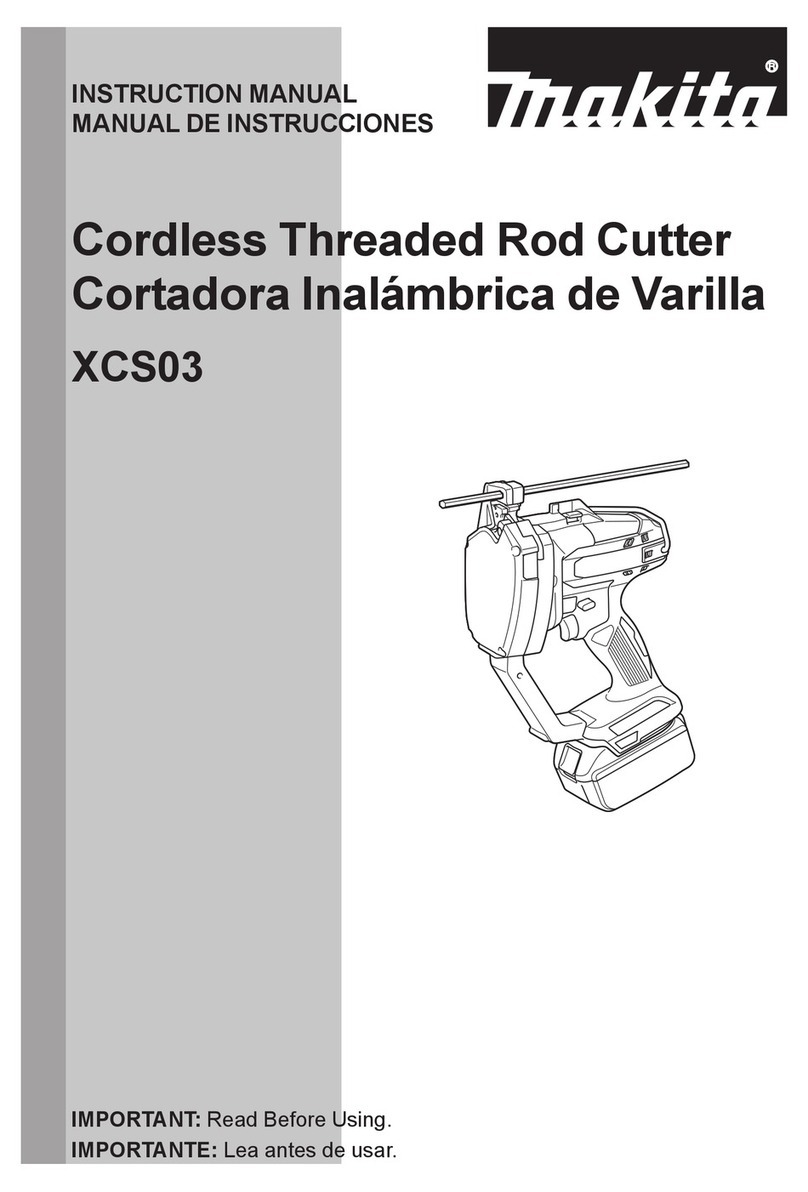
Makita
Makita XCS03 User manual
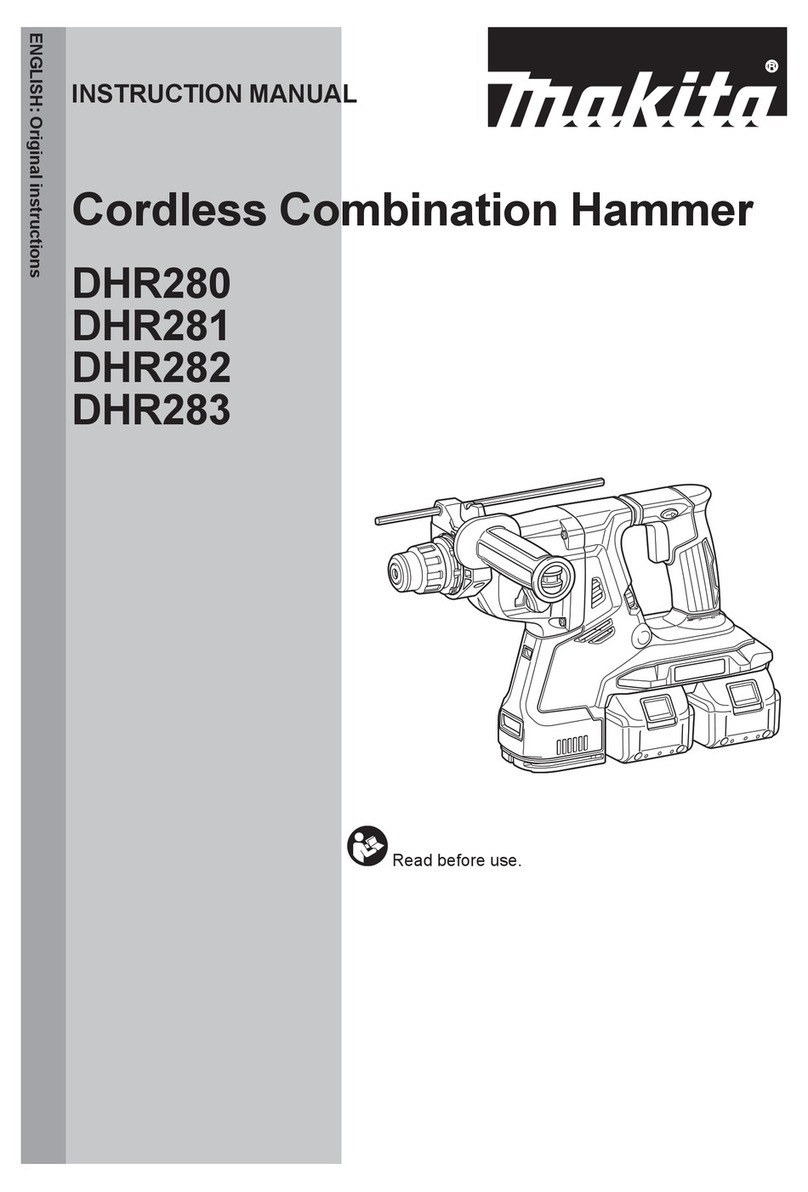
Makita
Makita DHR280 User manual
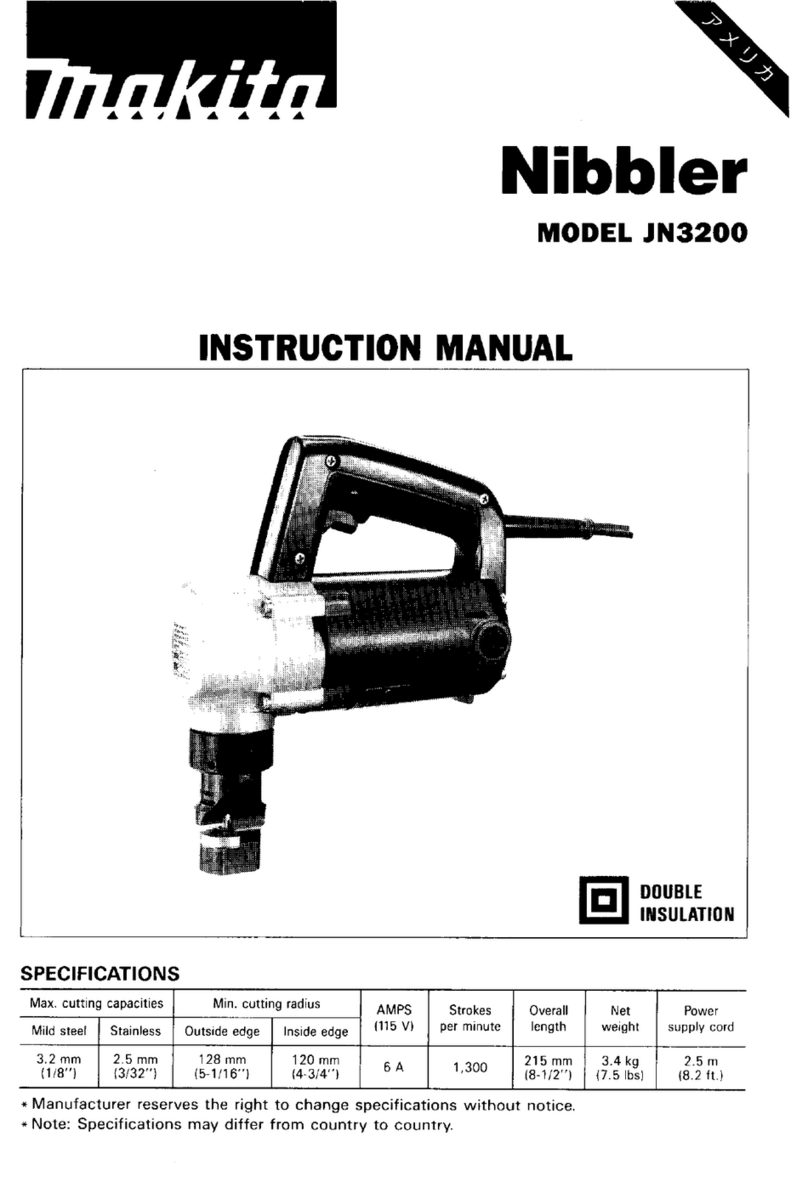
Makita
Makita JN3200 User manual

